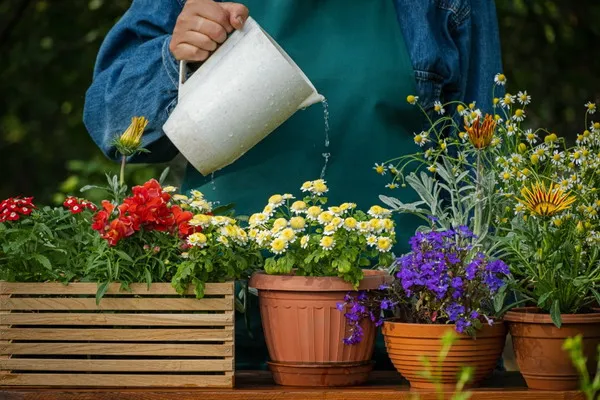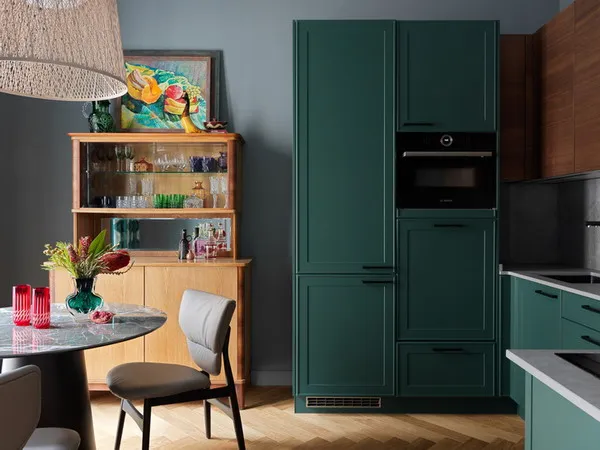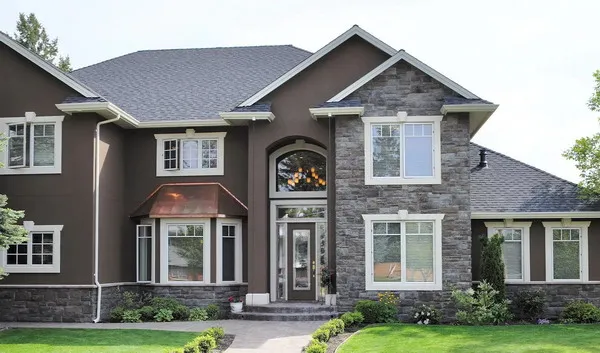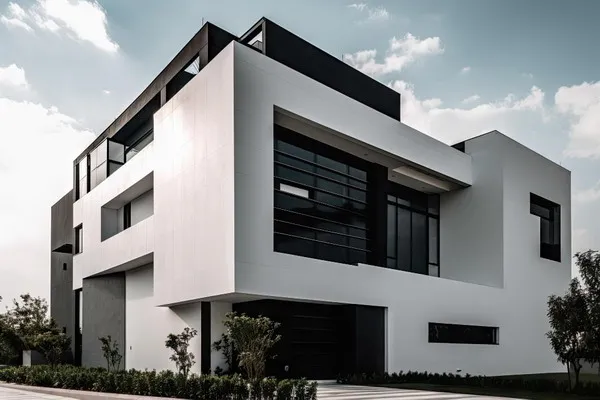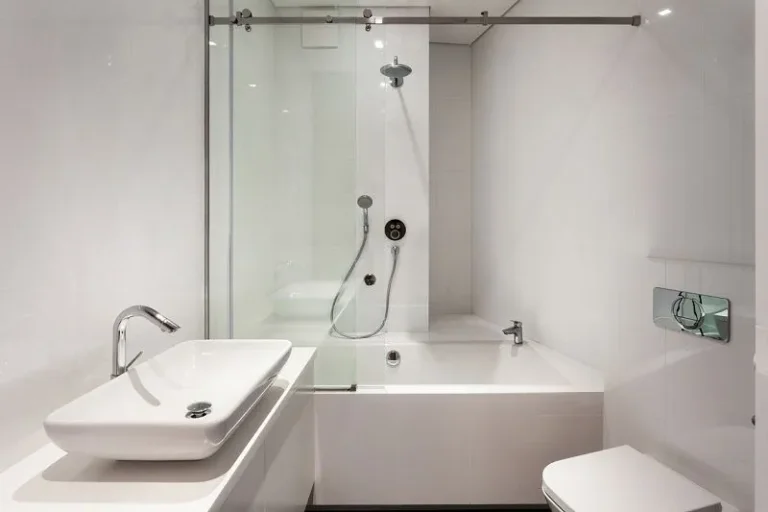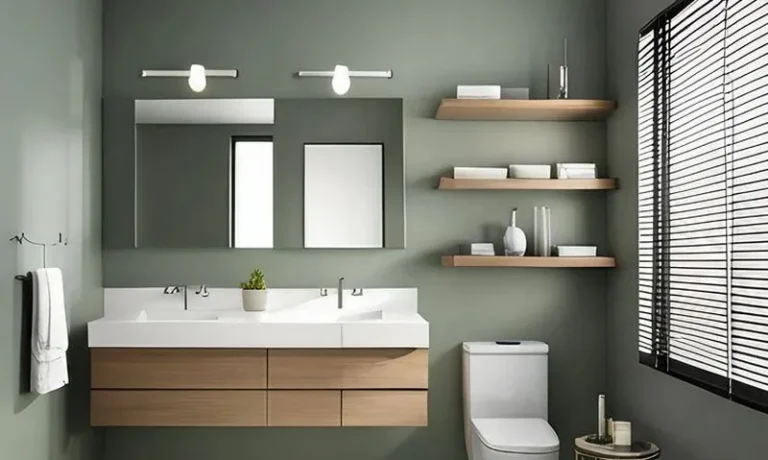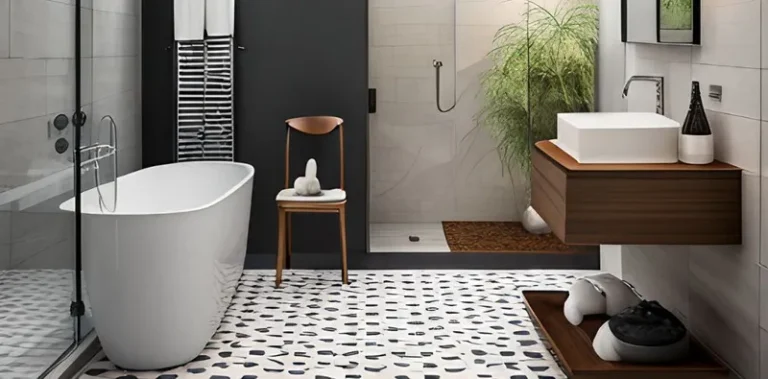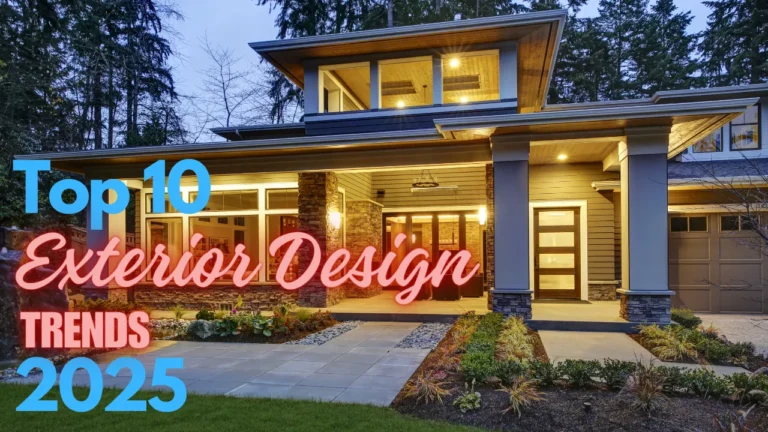Front Yard Landscaping Trends for 2025
Last Updated on February 25, 2024 by Mutiara
Front yard landscaping trends 2025 are all about embracing nature’s rhythms and finding innovative ways to coexist harmoniously with the environment. Staying ahead of front yard landscaping trends is crucial to creating spaces that are not only aesthetically pleasing but also environmentally responsible. As we delve into 2025, a notable shift towards sustainability is evident, with homeowners increasingly prioritizing practices that promote ecological balance and resource efficiency. Let’s explore some of the top trends shaping front yard landscapes this year.
1. Sustainable Landscaping
Gone are the days of excessive water usage and chemical-intensive maintenance routines. In 2025, sustainable landscaping takes center stage, emphasizing practices that minimize environmental impact. This approach involves selecting native plant species that are well-adapted to the local climate, reducing the need for excessive watering and chemical inputs.
2. Drought-Resistant Plants
With water scarcity becoming a growing concern in many regions, the popularity of drought-resistant plants continues to rise. These hardy species are not only resilient in the face of water shortages but also add unique textures and colors to front yard landscapes. From succulents to ornamental grasses, homeowners are embracing plant varieties that thrive in arid conditions.
3. Native Plant Species
Harnessing the beauty and resilience of native plant species is a cornerstone of modern front yard landscaping. By incorporating plants indigenous to the region, homeowners can create landscapes that support local ecosystems and attract native wildlife. Additionally, native plants typically require less maintenance and are better equipped to withstand fluctuating environmental conditions.
4. Low-Maintenance Gardens
In our fast-paced world, many homeowners are seeking low-maintenance landscaping solutions that offer beauty without the constant upkeep. This trend has led to the popularity of minimalist garden designs featuring clean lines, simplified plant palettes, and strategic use of hardscape elements. By reducing the need for regular maintenance tasks, such as watering and pruning, low-maintenance gardens allow homeowners to enjoy their outdoor spaces with minimal effort.
5. Vertical Gardening
With limited space becoming a common challenge in urban areas, vertical gardening has emerged as a creative solution for maximizing greenery in front yards. Whether through trellises, living walls, or vertical planters, vertical gardening offers a space-efficient way to introduce plants into smaller outdoor areas. This trend not only adds visual interest to front yard landscapes but also provides opportunities for growing herbs, vegetables, and flowers in unconventional spaces.
6. Smart Irrigation Systems
Say goodbye to wasteful watering practices and hello to efficiency with smart irrigation systems. These advanced systems utilize sensors, weather data, and automation to deliver the right amount of water to plants precisely when they need it. By optimizing water usage and minimizing runoff, smart irrigation systems not only conserve water but also promote healthier plant growth, making them a staple in modern front yard landscapes.
7. Edible Landscaping
Why settle for purely ornamental plants when you can have a front yard that’s as delicious as it is beautiful? Edible landscaping is gaining popularity as homeowners embrace the idea of growing their own fruits, vegetables, and herbs right in their front yards. From fruit-bearing trees to raised vegetable beds and herb gardens, edible landscaping adds both aesthetic appeal and practicality to outdoor spaces, allowing homeowners to harvest fresh produce just steps from their front door.
8. Pollinator-Friendly Gardens
In an effort to support declining pollinator populations, many homeowners are transforming their front yards into havens for bees, butterflies, and other essential pollinators. By incorporating a diverse array of flowering plants, shrubs, and native grasses, pollinator-friendly gardens provide essential food and habitat for these vital creatures. Not only do these gardens enhance biodiversity, but they also add vibrant colors and textures to front yard landscapes, creating visually stunning and ecologically valuable outdoor spaces.
9. Modular Landscaping Designs
Flexibility and adaptability are the hallmarks of modular landscaping designs, which allow homeowners to easily reconfigure and customize their outdoor spaces to suit their evolving needs and preferences. Whether it’s modular planters, seating arrangements, or decorative elements, these versatile designs offer endless possibilities for creativity and personalization. Modular landscaping designs provide homeowners with the freedom to experiment with different layouts and configurations, ensuring that their front yards remain dynamic and engaging year-round.
10. Outdoor Living Spaces
The boundary between indoor and outdoor living continues to blur as homeowners seek to maximize their enjoyment of outdoor spaces. Front yard landscapes are no exception, with many homeowners incorporating features such as outdoor kitchens, seating areas, fire pits, and entertainment zones into their designs. These outdoor living spaces extend the usable square footage of the home, creating inviting environments for relaxation, socializing, and recreation. Whether it’s a cozy seating nook or a fully-equipped outdoor kitchen, these spaces enhance the functionality and livability of front yard landscapes, transforming them into true extensions of the home.
11. Xeriscaping Techniques
As water conservation becomes increasingly vital, xeriscaping techniques are gaining momentum in front yard landscaping. By designing landscapes that require minimal water and maintenance, homeowners can create lush, vibrant outdoor spaces while reducing water consumption and environmental impact. Xeriscaping incorporates principles such as soil improvement, efficient irrigation, and drought-tolerant plant selections, resulting in landscapes that thrive in arid conditions without sacrificing visual appeal.
12. Climate-Adaptive Landscaping
With climate change altering weather patterns and growing conditions, adaptability is key in front yard landscaping. Climate-adaptive landscaping involves selecting plant species and design elements that can withstand a range of climatic conditions, from extreme heat and drought to heavy rainfall and temperature fluctuations. By designing resilient landscapes that can adapt to changing environmental conditions, homeowners can future-proof their front yards against the impacts of climate change.
13. Tech-Integrated Landscaping
In an age of smart homes and connected devices, technology is making its mark on front yard landscaping. From automated irrigation systems and weather sensors to smartphone-controlled lighting and soundscapes, tech-integrated landscaping offers homeowners unprecedented control and convenience. By harnessing the power of technology, homeowners can optimize water usage, enhance security, and create immersive outdoor experiences that seamlessly blend the digital and natural worlds.
14. Ecological Balance in Landscaping
Achieving ecological balance is a guiding principle in modern front yard landscaping, emphasizing the importance of creating landscapes that support biodiversity and ecosystem health. This trend involves incorporating native plant species, providing habitat for wildlife, and minimizing chemical inputs to create balanced and resilient ecosystems. By prioritizing ecological balance, homeowners can create front yard landscapes that not only enhance the beauty of their surroundings but also contribute to the overall health and vitality of the local environment.
15. Seasonal Landscaping Transitions
Front yard landscapes are dynamic, ever-changing spaces that evolve with the seasons. Seasonal landscaping transitions involve planning and design strategies that ensure front yards remain beautiful and functional year-round. From selecting plants that offer seasonal interest to incorporating hardscape elements that can withstand changing weather conditions, seasonal landscaping transitions allow homeowners to enjoy their outdoor spaces in every season. Whether it’s a burst of spring blooms, the lush greenery of summer, or the fiery hues of autumn, these transitions add depth and dimension to front yard landscapes, creating an ever-changing canvas that reflects the beauty of nature’s cyclical rhythms.
Front yard landscaping trends 2025 are defined by a commitment to sustainability, adaptability, and innovation. From xeriscaping techniques and climate-adaptive strategies to tech-integrated landscaping, ecological balance, and seasonal landscaping transitions, these forward-thinking trends empower homeowners to create outdoor spaces that are not only beautiful and functional but also resilient, sustainable, and in harmony with the natural world. As we continue to navigate the complexities of modern living, these trends offer inspiration and guidance for creating front yard landscapes that nurture both people and planet.

